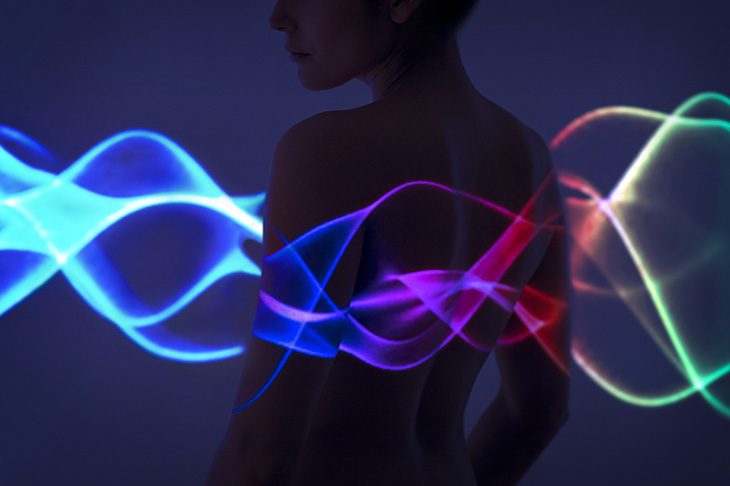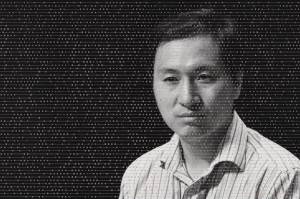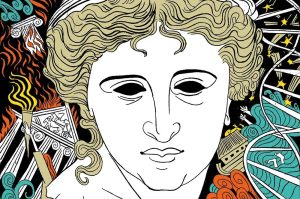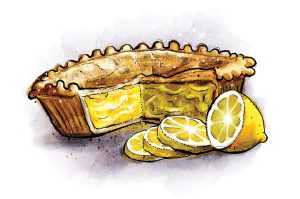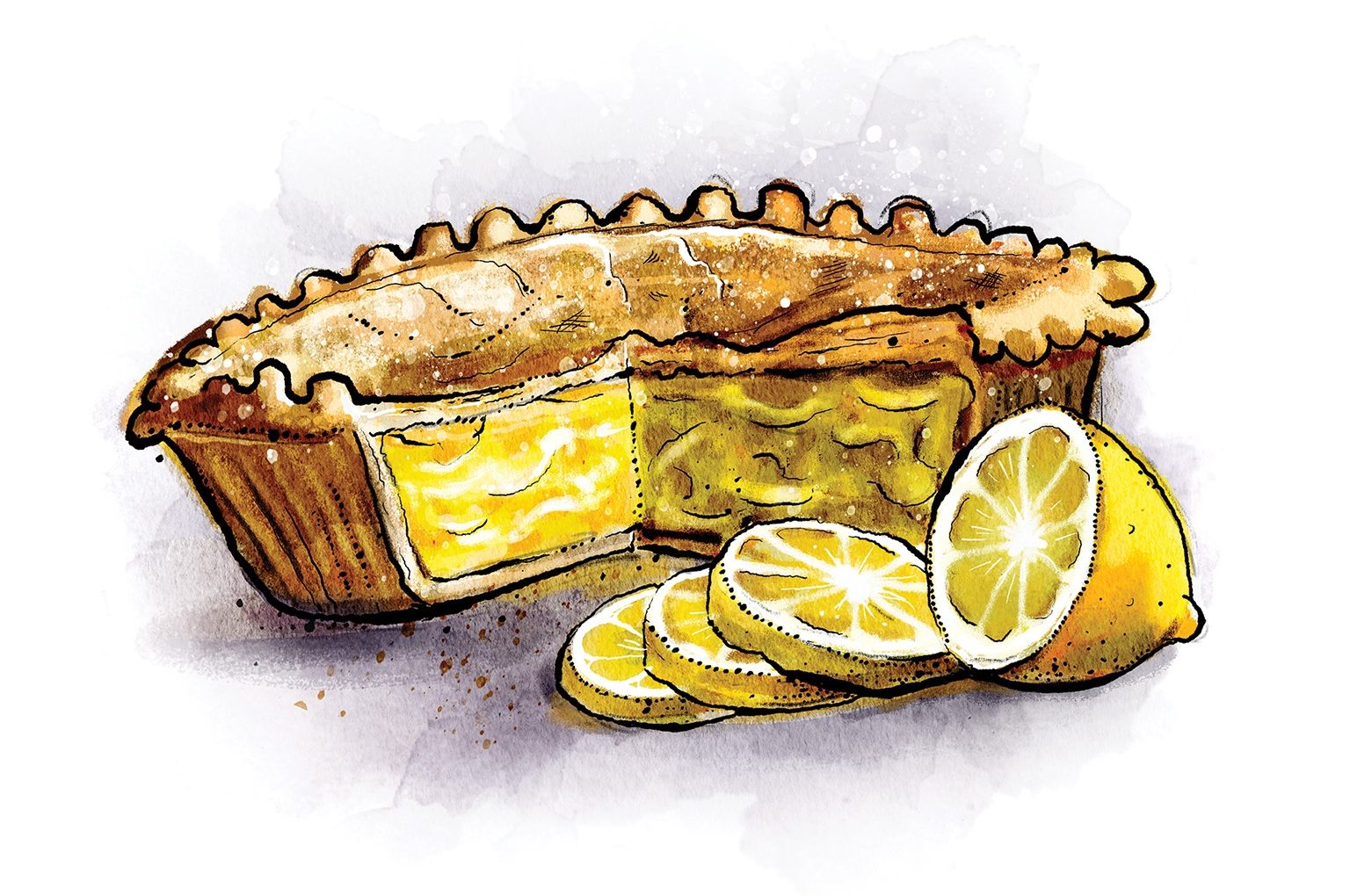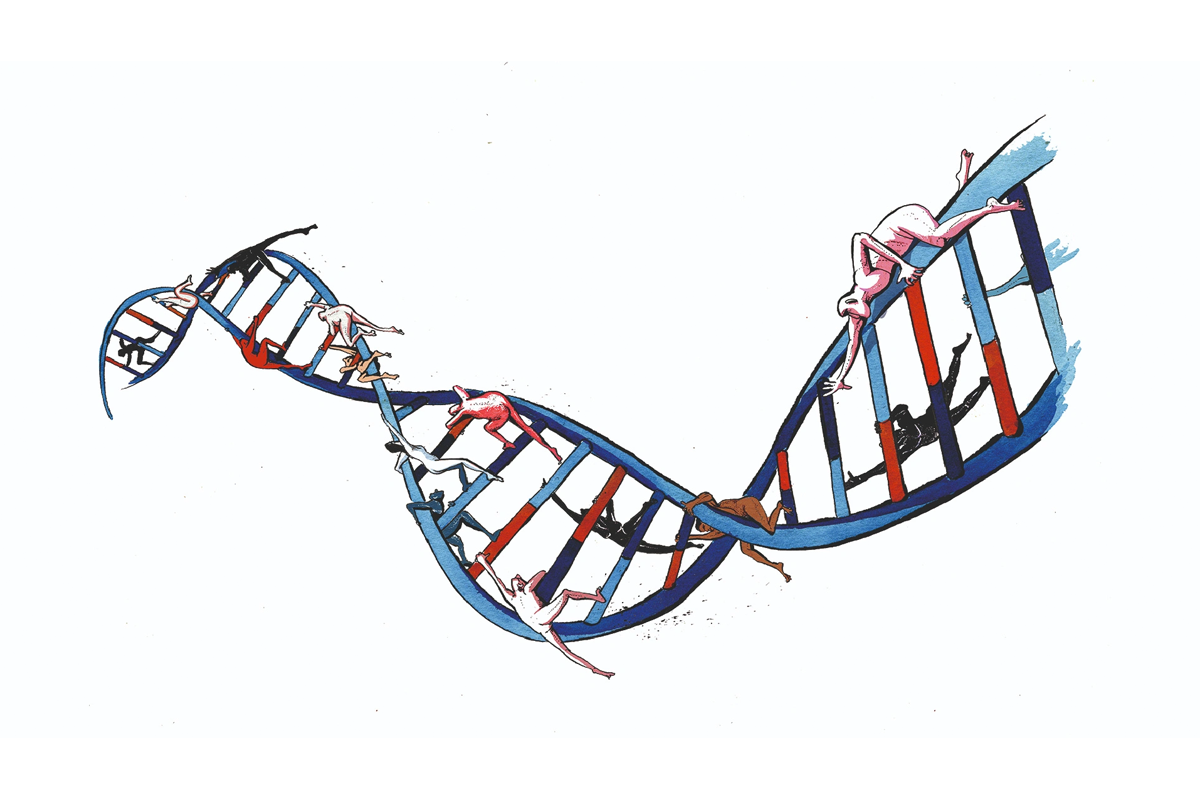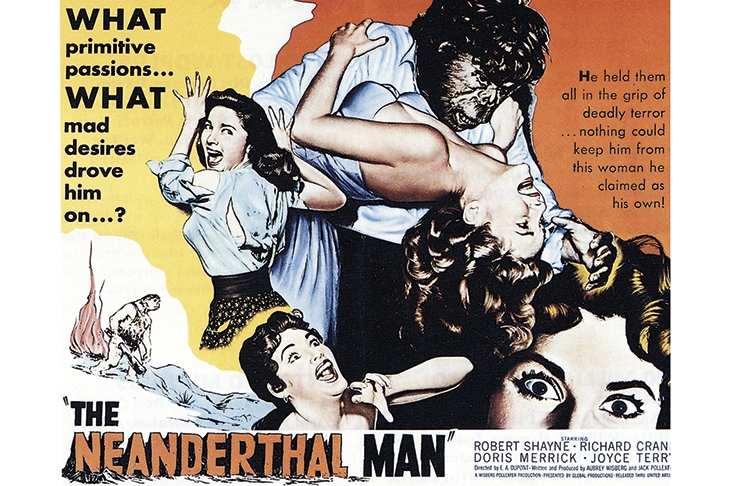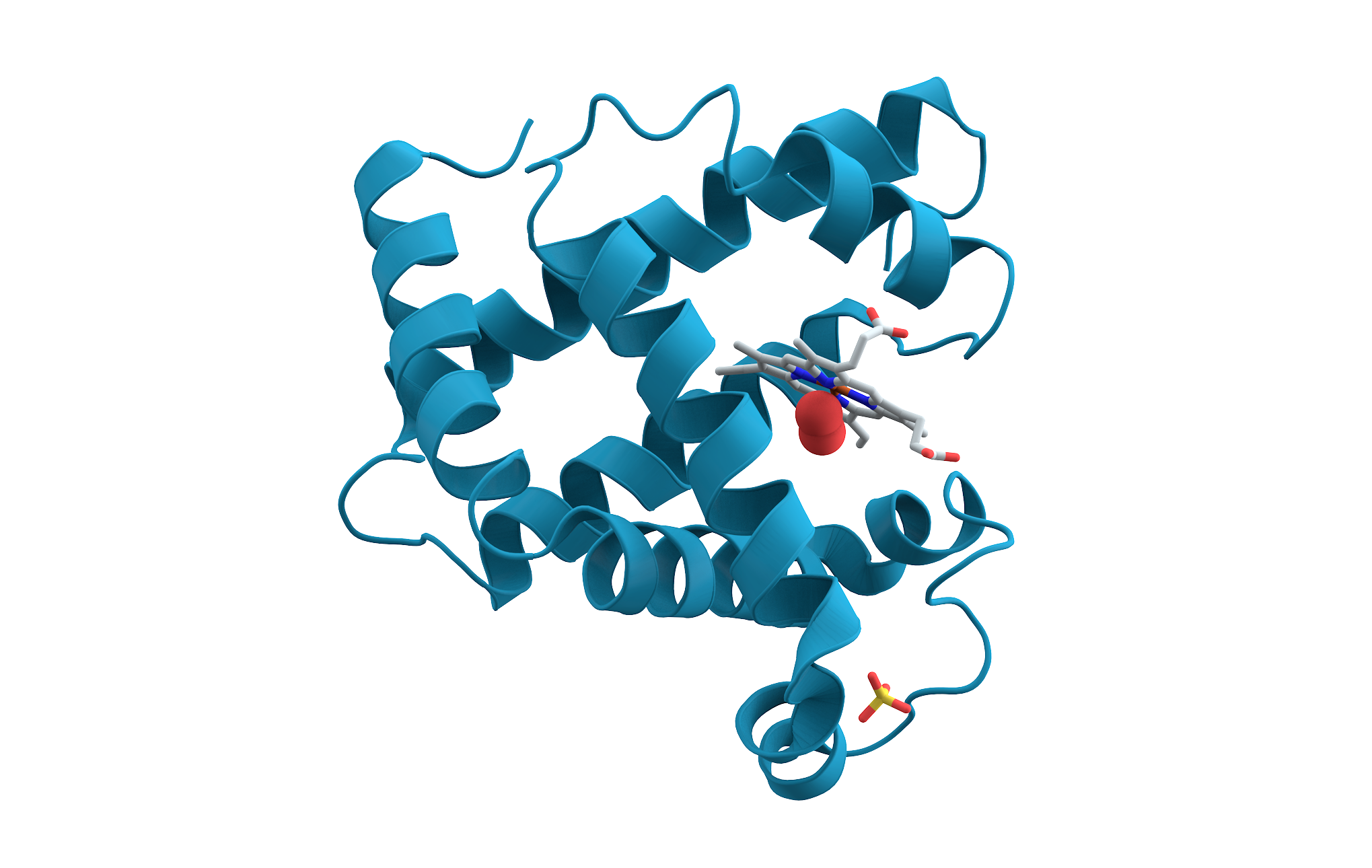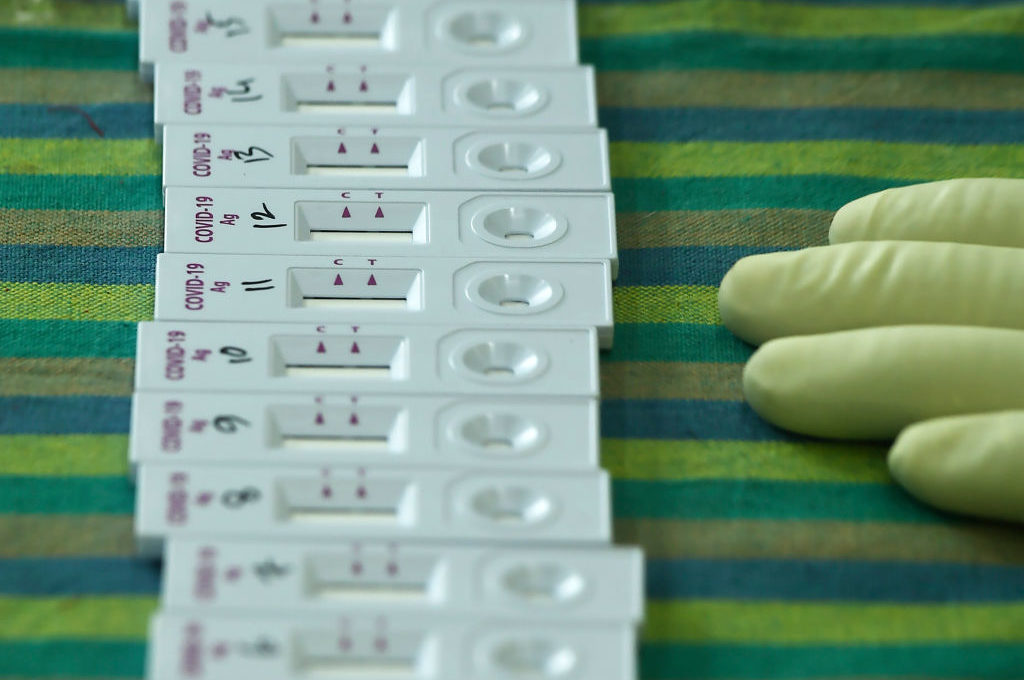Bill Bryson has come a long way from being the funniest, most irreverent travel writer around. He’s still as amiable, avuncular and amusing as ever, but his subject matter has broadened over the decades to cover nearly everything, from science to Shakespeare. His modus operandi, however, has not changed. He absorbs reams of facts, the most interesting of which he presents liberally sprinkled with mischief, wit and lateral thinking.
On seeing this book’s title, I prepared myself for the arid science I ingested when I studied to be first a doctor, then a hospital physician and then a consultant anesthetist. But I needn’t have worried. Bryson feeds the pith, pulp and bitter pips of a subject into his brain and produces a sweet, zingy quantity of juice.
It is no mean feat to capture the essence of the human body and the history of medicine and modern clinical practice in a single volume, but Bryson manages it phenomenally well. His approach is to dazzle with fascinating data, and to flesh out the lives of pioneers — often with gossip about their irascibility, tax-dodging or the hijacking of their discoveries by colleagues — following this by interviewing an expert practicing in the same field today. It must have been a time-consuming endeavor, but he retains his humor and awe throughout, and his enthusiasm is infectious.
Who knew, for example, that the length of our blood vessels laid end to end would take one 2.5 times around the Earth? There are dozens of these bamboozling statistics, which I found myself googling to confirm. And yes, all the DNA in the human body laid in one fine strand would really stretch 10 billion miles, to beyond Pluto.
Bryson’s combination of curiosity, colloquial vernacular (the ‘chomping’ of skin mites feeding on dead skin cells; ‘snot’ when discussing viral spread) and refreshingly oblique view makes him always entertaining, even when explaining something — such as bacteria — that no one has ever rendered amusing before. His similes are lively — ‘When you eat, the tongue darts about like a nervous host at a cocktail party’ — and his style is discursive and chatty but never rambling.
The key to making facts memorable is to illustrate them with colorful examples. When differentiating between taste (which depends on the tastebuds in the mouth) and flavor (which depends predominantly on smell), he asks us to imagine being presented with a pot of strawberry yoghurt. The first thing we do is sniff it, and that sensing of the strawberry flavor is so much more powerful than what we get from our basic tastebuds.
Occasionally he borders on the unkind, as when he describes a dour doctor, who saved the lives of more than 2,000 people and who wrote about how moved he was when a child he rescued kissed him, as being ‘cold and friendless’. Similarly, two individuals who pioneered seminal operations or techniques — Christiaan Barnard, of the first successful heart transplant, and Henry Heimlich, of the anti-choking maneuver — are pronounced frauds and quacks for pushing ineffective commercial treatments. It seems more likely that they were honestly mistaken.
Bryson also asserts that race amounts to no more than the quantity of melanin pigment in the skin. But there are obvious differences in phenotype (appearance). And itching is best alleviated not by scratching but by ignoring it, as scratching causes more release of the itch-causative chemical histamine from mast cells. I have a dozen or more caveats, but nothing to get worked up about.
There is one howler: an 18th-century illustration of a patient being held down while a surgeon passes a catheter up the unfortunate penis is captioned ‘removal of gall bladder stone’. It’s obviously the urinary bladder. But, overall, this book is a delight. Bryson has missed a vocation as a charismatic teacher — but teaching’s loss is our gain.
This article was originally published in The Spectator’s UK magazine. Subscribe to the US edition here.



